Vico Magistretti
Vico Magistretti (October 6, 1920 – September 19, 2006) was an Italian architect, industrial designer, furniture designer, and academic. He was the son of an architect. During the second world war, Magistretti left his military service in Italy and fled to Switzerland to avoid being deported to Germany. While in the country he taught at the local university and took courses at the Champ Universitaire Italien in Lausanne. He returned to Milan where he graduated from the Politecnico di Milan in 1945. Soon after, he came under the influence of the architect Ernesto Nathan Rogers, who held humanist ideas for the reconstruction of postwar Italy.
It wasn’t until 1950 when Magistrettis true genius as a designer was unleashed. He began working closely with craftsmen and surrounded himself with entrepreneuers, many of whome had long standing relationships with furniture manufacturers north of Milan. Magistretti saw the opportunity to create a new series of quality goods that could be mass produced.
His first successful creation was the Carimate chair produced by Cassina. The chair became a bestseller in the company for years. The public loved the mixed rural simplicity as the seat was made of straw, while also maintaining a certain aire of sophistication. The smooth lines combined with the textured straw seats, wooden support legs and bold red frame all were elements of Scandinavian design.
The head of Cassina at the time was Cesare Cassina. Magistretti forged a close relationship with the successful business mogul and even designed and built his seeries of luxury villas (1964-65) in the town of Carimate near Como. Hence, where the name of his creation came from.
This relationship led to the continued work of Magistretti with Cassina. He began to work with the company directly in 1960. Here he would experiment with various production techniques in the companys many workshops and factories. It’s no wonder why Magistretti would go on to work with Cassina over a period of 30 years - he was given the freedom to experiment, promote new ideas and work directly with local artisans and producers.
Always inspired by simplicity and functionality, combined with smooth elements of Italian style - Magistretti’s design aesthetic would prove to be popular across the world.
He’s quoted, "from the beginning ... we worked together, in a way which is unique in the world ... we discussed projects together from the start. I never produced finished designs ... the design grew out of discussions, after looking at the technology available, the machines which the company used."
Keep in mind that Magistretti never trained as a designer. He simply adopted an unorthodox approach to design. He simply kept his approach practical, understanding what he had the ability to create and what he didn’t. It’s said that he would scribbleideas on scaprs of paper, some on the back of bus tickets before taking them through the final stages of production.
Beyond furniture, Magistretti kept himself busy in designing neighborhoods in and out of town. In the late 60s he worked with his friend Luigi Caccia Dominioni on Milano-San Felice, the first middle-class neighborhood. It hid traffic, held a horeshoe farm while incorporating garden city qualities. Others would go on to imitate Magistrettis design, copying them in other neighborhoods around Italy but at a much lower quality.
You can find 12 of Magistretti's projects housed in the permanent design collection of MOMA, in New York. Thesee include his famous lamps and his one-piece Selene plastic chair.
Very few of his ideas went unproduced, so it’s amazing that so many of them were embraced across various cultures all over the world. Magistrett’s works express elegance and simplicity while the complexities of their production remained hidden. When you look at his Eclisse lamp, the user has control to allow it to disappear into itself, hiding both the light and the structure itself.
Vico Magistretti passed away on September 19th, 2006. His legacy lies in the millions of stylish common objects combining form and function which surround us in our everyday lives. He is survived by his son, Stefano, and daughter, Susanna. His wife Paola died in 1998.
Notable Works
Maralunga lounge chairs by Vico Magistretti, 1970s
Vico Magistretti Maralunga sofa, 1973
Caori coffee table by Vico Magistretti, c. 1962
DISCLAIMER: THE MILLIE VINTAGE DOES NOT OWN ANY RIGHTS TO THESE PHOTOS. PLEASE NOTE THAT ALL IMAGES AND COPYRIGHT BELONGS TO THE ORIGINAL OWNERS. NO COPYRIGHT INFRINGEMENT INTENDED.

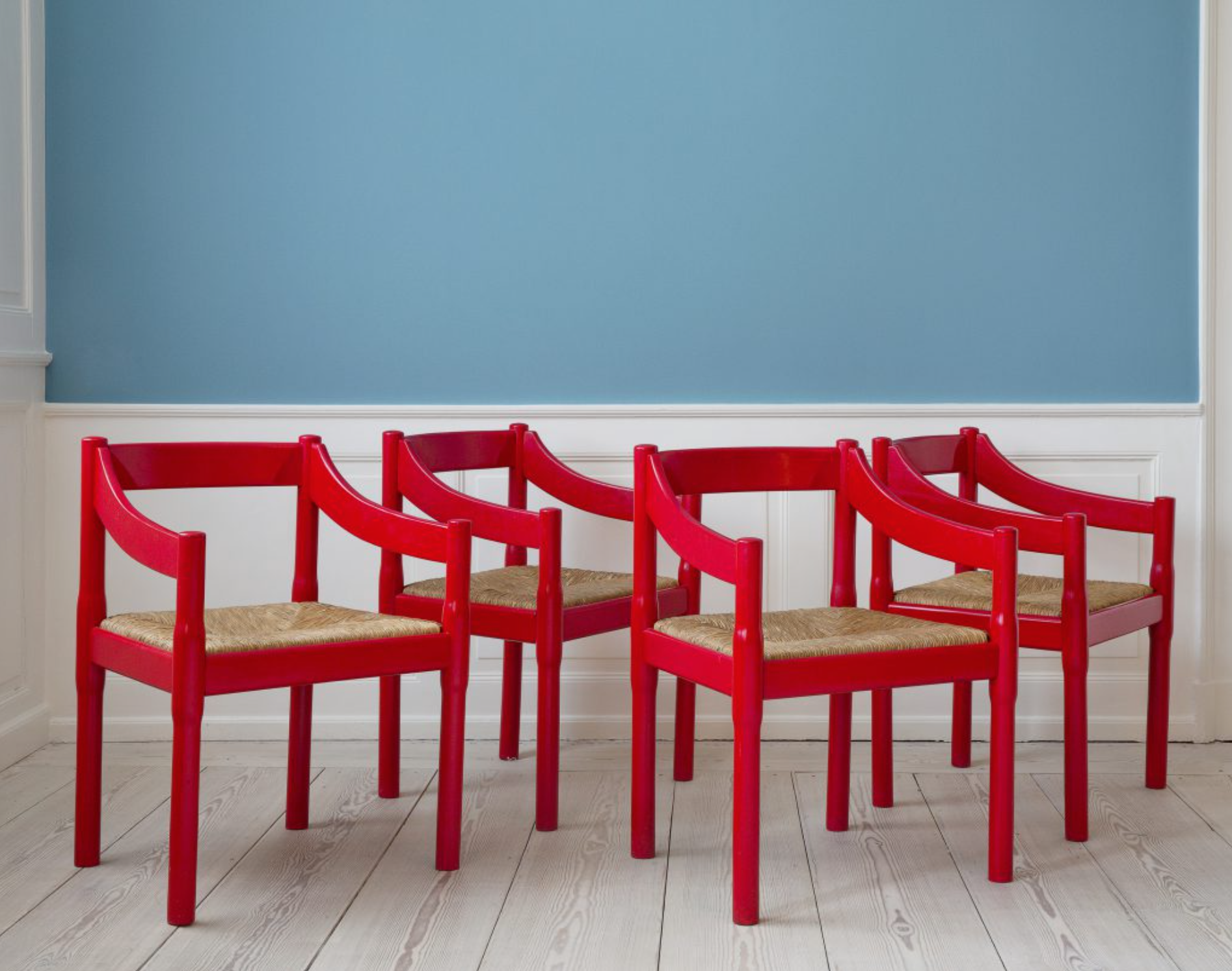

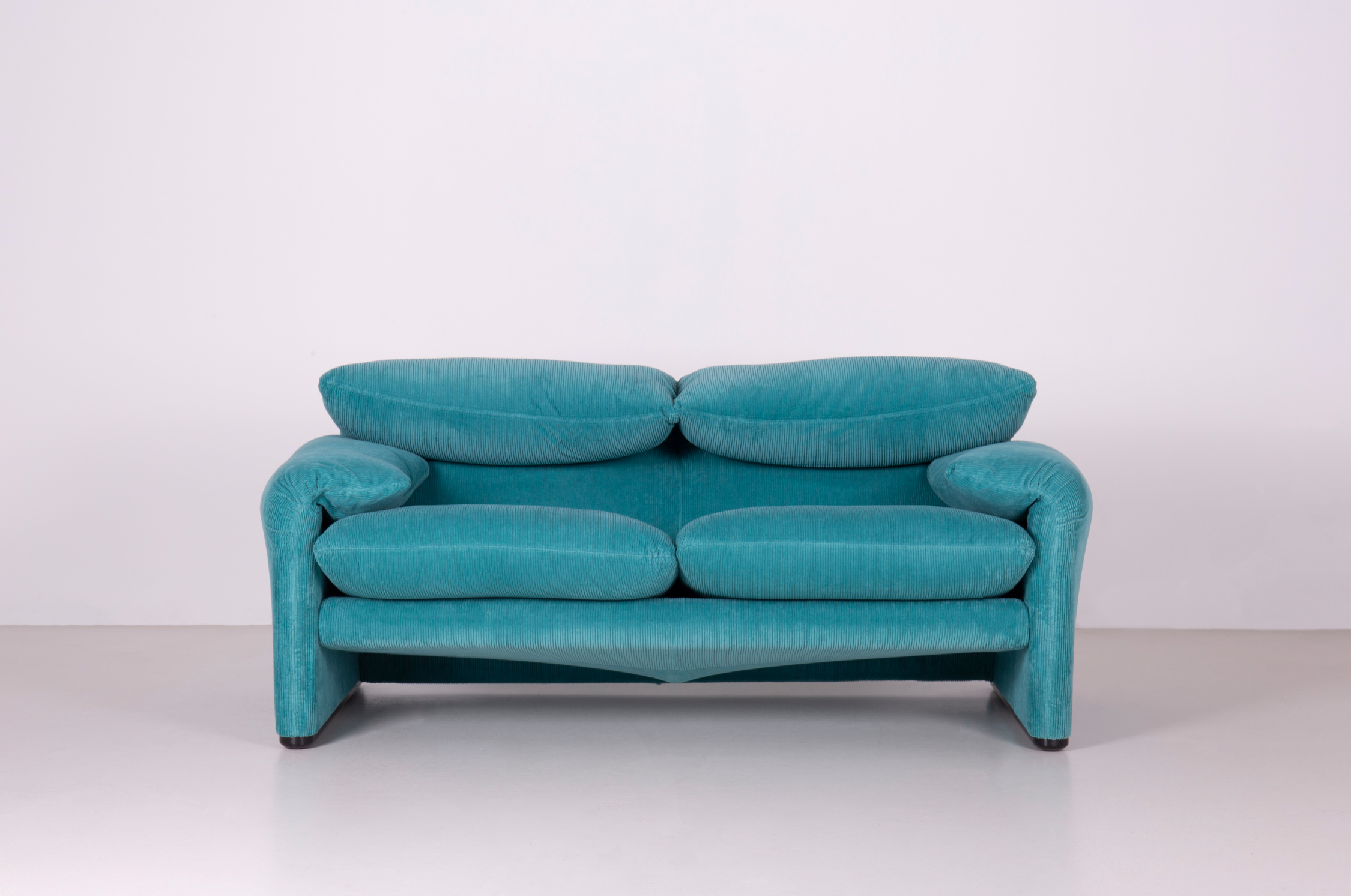
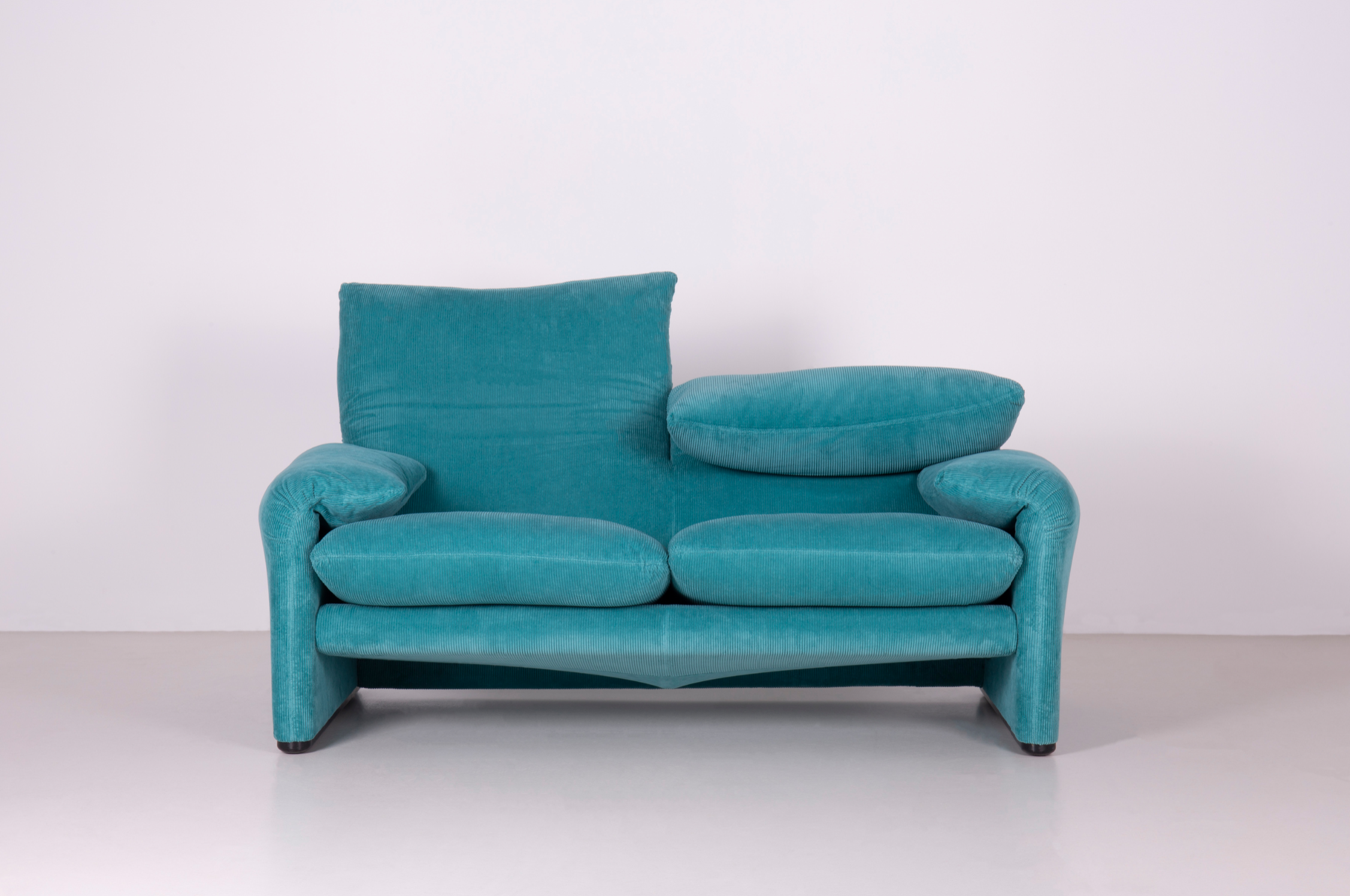






















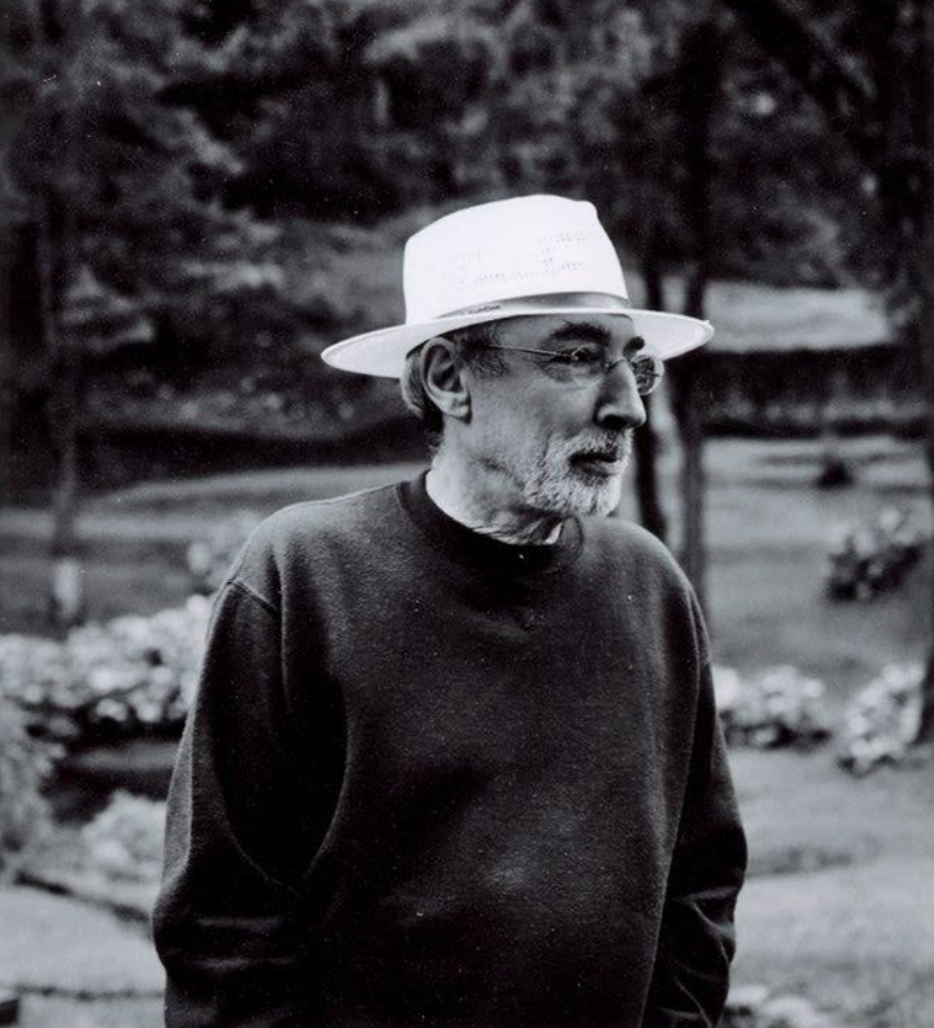

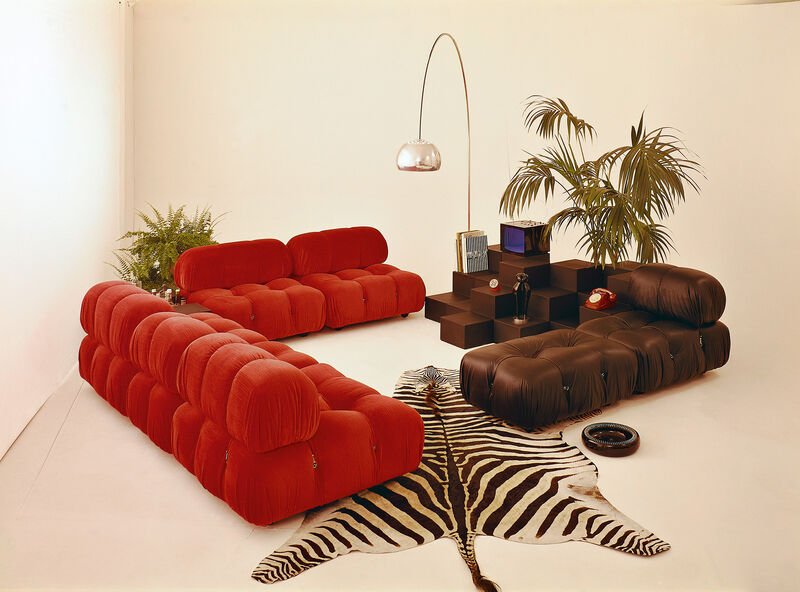




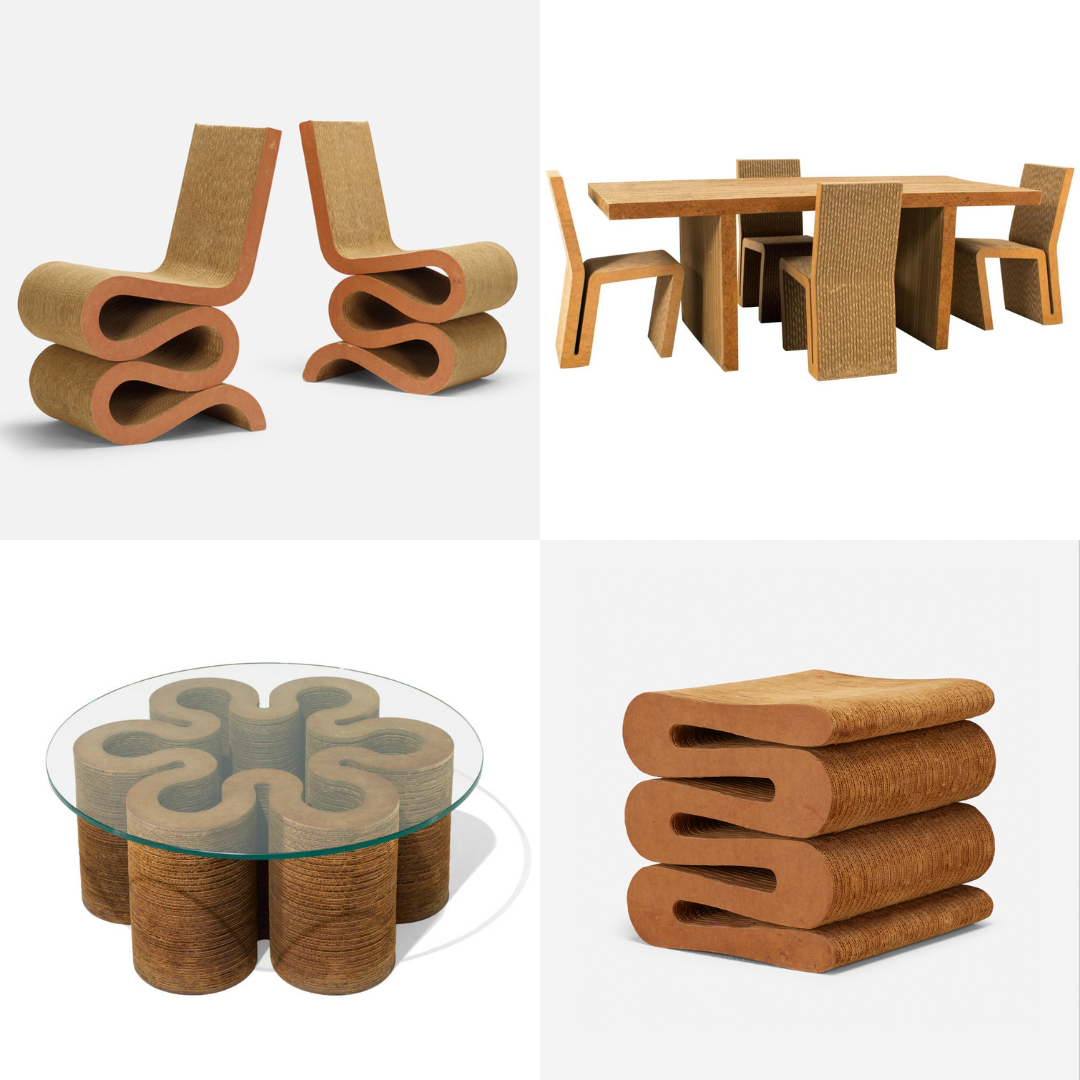












It’s no surprise that celebrities have the ability to acquire some of the most rare and incredible pieces of design. We are thrilled to see faces we look up to, enjoying vintage design as much as we do.